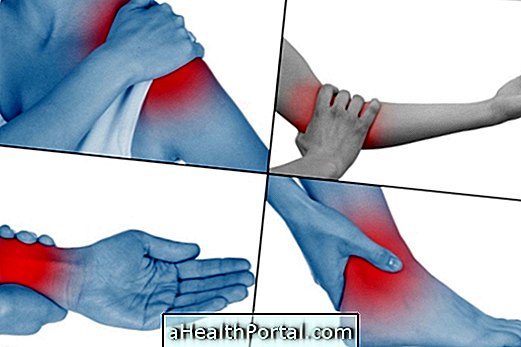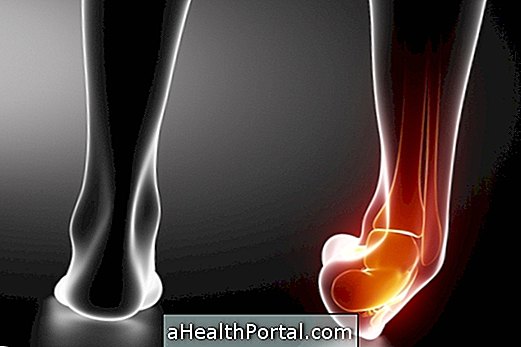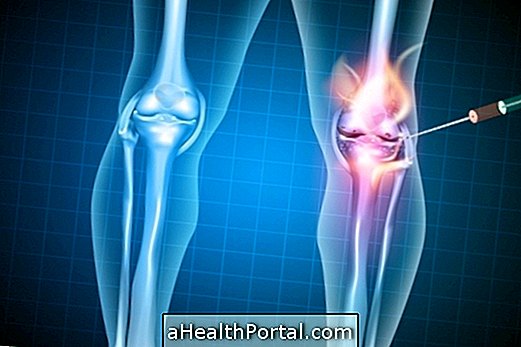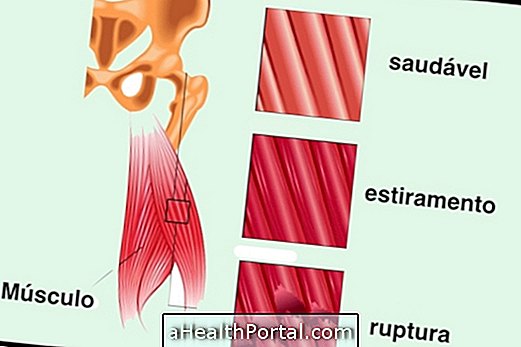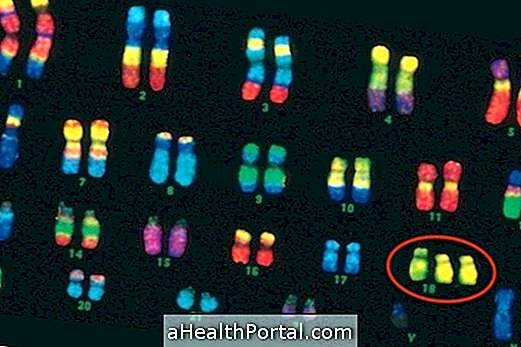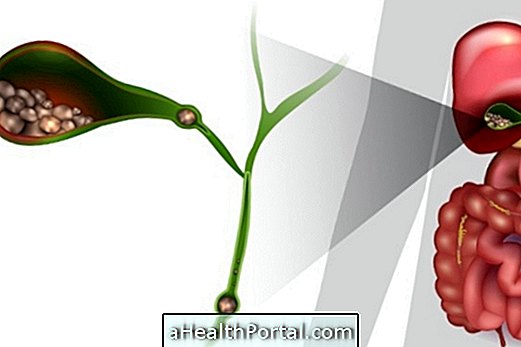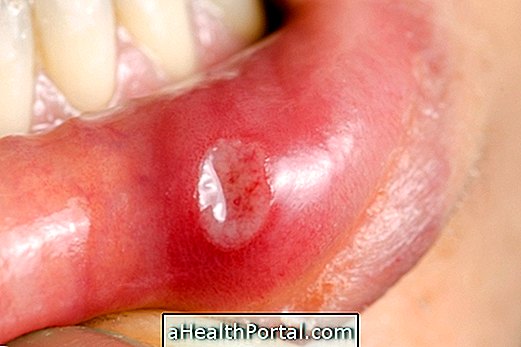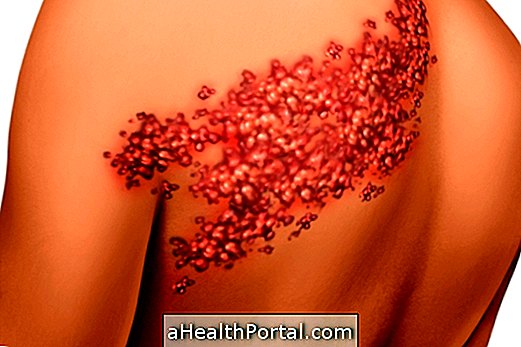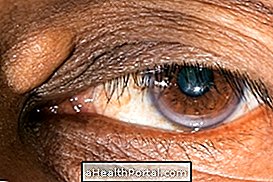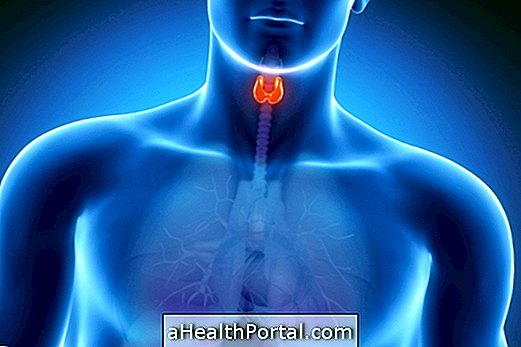The main symptoms of cervical disc herniation are neck pain, which can spread to the shoulders, arms and hands, and tingling and numbness sensation. However, in more severe cases there may also be a decrease in muscle strength and difficulty in move the neck.
Cervical disc herniation is the displacement of part of the intervertebral disc, which is the region between one vertebra and another, most often caused by spinal wear and poor posture. Depending on the degree of displacement, the herniated disc does not cause any symptoms or can pass compress a nerve, causing the pain.
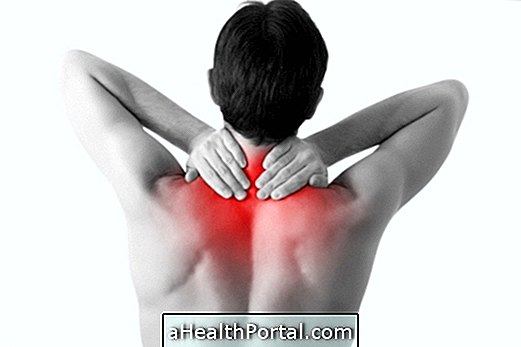
The cervical spine is composed of C1, C2, C3, C4, C5, C6 and C7 vertebrae. Cervical disc herniation is more common between the C6 and C7 vertebrae, but regardless of the location of the hernia, its symptoms will always be the same.
Treatment for cervical hernia
Treatment for cervical hernia depends on the location, severity of the symptoms, and the degree of compression of the spinal nerves. At the beginning of the illness, the treatment consists only of resting, analgesic and anti-inflammatory drugs, physiotherapy and eventually wear cervical collar to avoid sudden neck movements.
In a more chronic phase of the disease, when the symptoms last longer than 2 months, the indicated behaviors are as follows:
- Use analgesics to relieve pain, such as paracetamol, ibuprofen, diclofenac, naproxen;
- Use muscle relaxants, such as cyclobenzaprine;
- Avoid anything that worsens pain: heavy physical labor, staying in the same position for a long time, making sudden movements;
- Relaxing massage of the muscles of the neck;
- Apply warm compresses in the painful region 3x / day;
- Correction of posture to try to reduce root compression;
- Do stretching to improve neck movements;
- Do exercises to strengthen the muscles of the back;
- Practice activities such as hiking, hydrotherapy and pilates.
Check out these and other tips in the following video:

However, if the symptoms persist, it may be recommended to have surgery to remove the hernia and decompress the cervical spine. A fusion of the affected vertebrae or insertion of a disc prosthesis may also be performed. Learn about the causes of cervical hernia to prevent complications.
